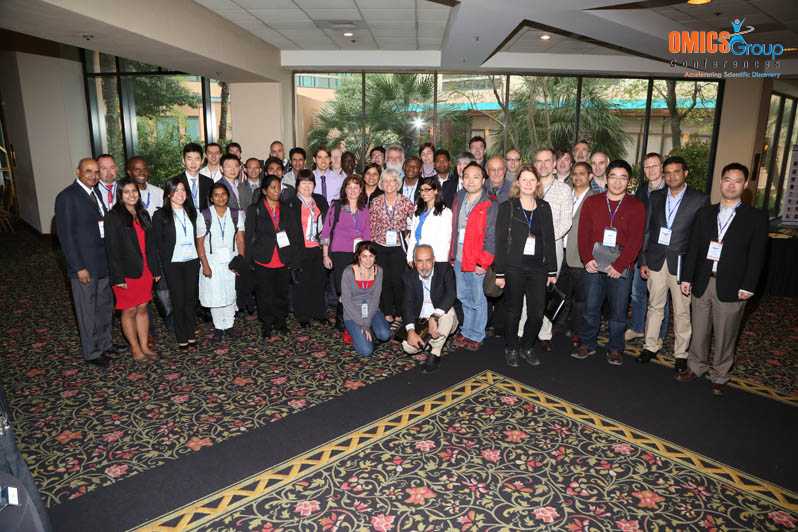Maria Chiara Mimmi
University of Udine, Italy
Title: Phospholipid profile of amniotic fluid: A potential tool for the evaluation of physiological and pathological development of fetal lung
Biography
Biography: Maria Chiara Mimmi
Abstract
The production of surfactant, whose major component is phosphatydilcholines, is a key step in fetal lung development. Congenital diaphragmatic hernia (CDH) results in serious inhibition of pulmonary growth and of surfactant production. Prenatal surgical tracheal occlusion tends to restore lung growth, although its advisabilityisa matter of debatein the pediatric community. A currently available test for fetal lung maturity involves the determination of lecithin/sphingomyelin ratio in amniotic fluid (AF), but it provides no details about the chemical structure of lipid components detected in AF. Our multidisciplinary research platform is investigating on the prenatal treatment of CDH. Ovine CDH models were created, and treated with fetal tracheal occlusion. AF samples were collected at different gestational age and the phospholipid profile was evaluated by tandem Mass Spectrometry (MS) interfaced with liquid chromatography. Precursor ion (MS) experiments, allowed to selectively detect Phosphatydilcholines (PCs) and Sphingomyelines (SMs) by monitoring for the specific loss of the phosphocholine fragment ion. Interesting data about the time-related evolution of phospholipids in amniotic fluid from animal models were obtained. Furthermore, it appeared that the induced malformation provokes a dramatic decrease of PCs, while SMs remain almost invariant. Interestingly the treatment of CDH fetal lamb with tracheal occlusion gives rise to a substantial recover of PCs in terms of concentration in AF. In conclusion, amniotic fluid represents a complex system and the absolute concentrations of its components are influenced by many factors; nevertheless AF lipidomics may support and improve the clinical management of prenatal anomaly.


